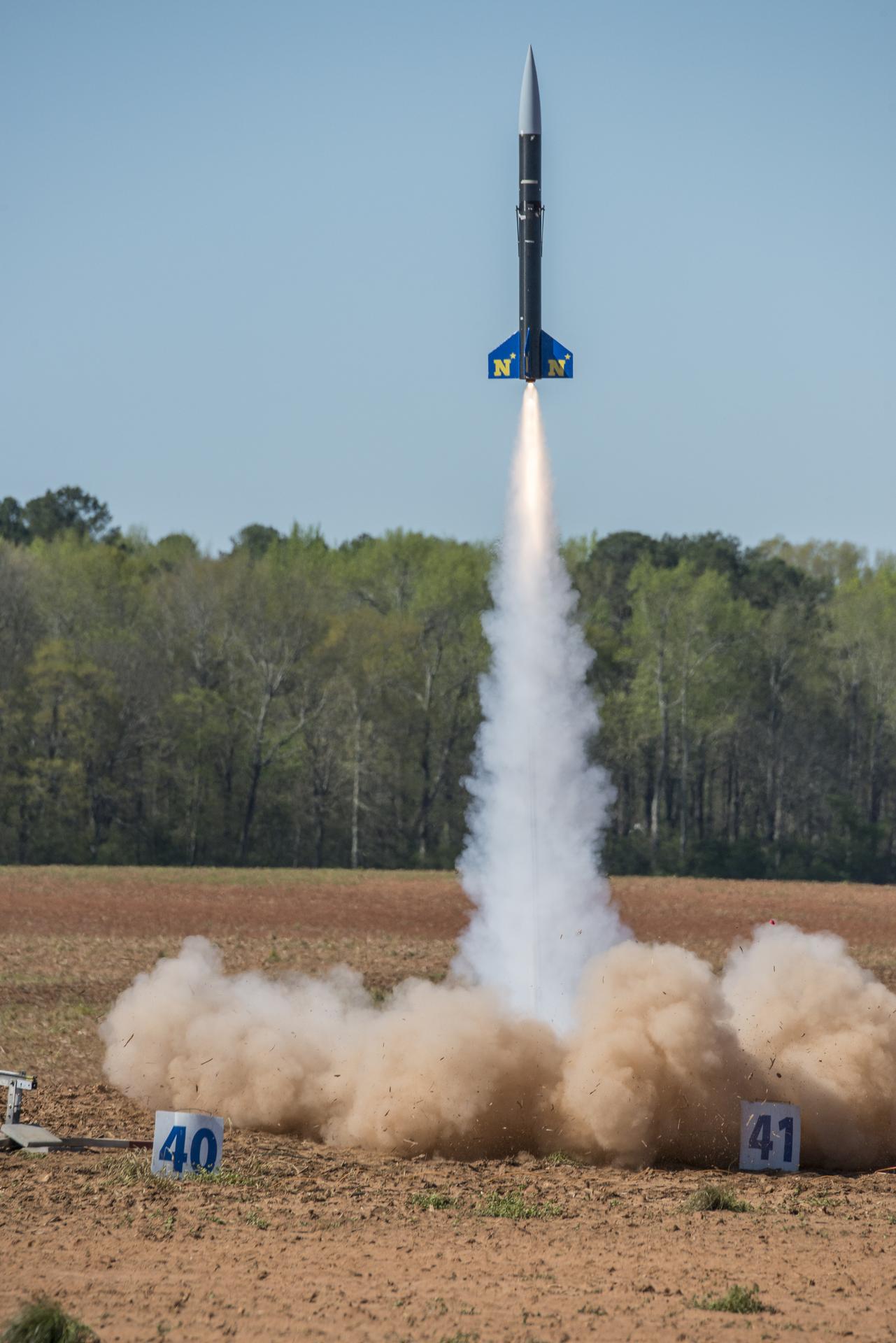NASA has announced the 60 teams from 22 states and Puerto Rico selected to compete in the 2022 Student Launch — one of seven Artemis Student Challenges.
The nine-month challenge, managed by NASA’s Southeast Regional Office of STEM Engagement and held at Marshall Space Flight Center in Huntsville, Alabama, provides a realistic experience for middle school, high school, and college students to follow the engineering design process NASA and industry engineers use when developing and operating new hardware.
The student teams are required to design, build, test, and fly a payload and high-powered amateur rocket to an altitude between 3,500 and 5,500 feet. Teams also must meet multiple documentation and presentation milestones with NASA experts as they develop their rocket. The reports often total hundreds of pages of work by the end of the competition year.
Teams in the college/university division will tackle a new task that mirrors NASA missions like the Mars Curiosity Rover. Teams must design a payload capable of autonomously locating where their rocket landed by identifying the rocket’s grid position on an aerial image of the launch site, while transmitting the data back to their ground station. This must be accomplished without the use of GPS. The requirement simulates a challenge faced by NASA mission managers – communicating with spacecraft and payloads on distant planetary bodies, where use of GPS is not an option.
Middle and high school teams can choose to attempt the college/university division challenge or develop their own science or engineering experiment.
Due to the COVID-19 pandemic, teams will have the option of coming to Huntsville in April to complete the project or they can finish the entire project virtually – either by conducting their final flight at a local National Association of Rocketry- or Tripoli Rocketry Association-sanctioned launch, or by competing in the Design Division. Both options are outlined in the Student Launch handbook.
Teams will continue to “call their shot” by predicting, months in advance of their competition flight, their rocket’s ultimate altitude. When teams submit their preliminary design review package to NASA in November, they will submit their predictions and target altitudes for their competition launch.
Teams also are scored in nearly a dozen other categories, including safety, vehicle design, social media presence, and science, technology, engineering, and mathematics engagement. The STEM Engagement Award encourages and recognizes teams for sharing their knowledge and experiences with the next generation of engineers, scientists, and explorers.
The Southeast Regional Office of STEM Engagement manages Student Launch to stimulate innovation and advance NASA’s human exploration mission through collaboration with educational institutions and students – the Artemis Generation, who will help NASA explore the Moon and Mars.
NASA’s Office of STEM Engagement furthers the agency’s goal of encouraging students to pursue degrees and careers in the STEM fields through multiple challenges, including Student Launch. NASA’s Space Operations and Exploration Systems Development mission directorates and the Office of STEM Engagement, along with Northrop Grumman and the Huntsville chapter of the National Space Club, provide funding and leadership for the initiative. Many of the NASA and industry leaders advising the teams have an in-depth understanding of rocketry challenges because they work on the agency’s Space Launch System (SLS) rocket that will send astronauts to the Moon. The SLS Program is managed by Marshall.
For more information about Student Launch, visit:
https://www.nasa.gov/stem/studentlaunch/home/index.html
For more information about other engineering challenges NASA hosts, visit:
https://stem.nasa.gov/artemis/
Janet Sudnik
NASA’s Marshall Space Flight Center, Huntsville, Alabama
256-544-0034
janet.sudnik@nasa.gov



























